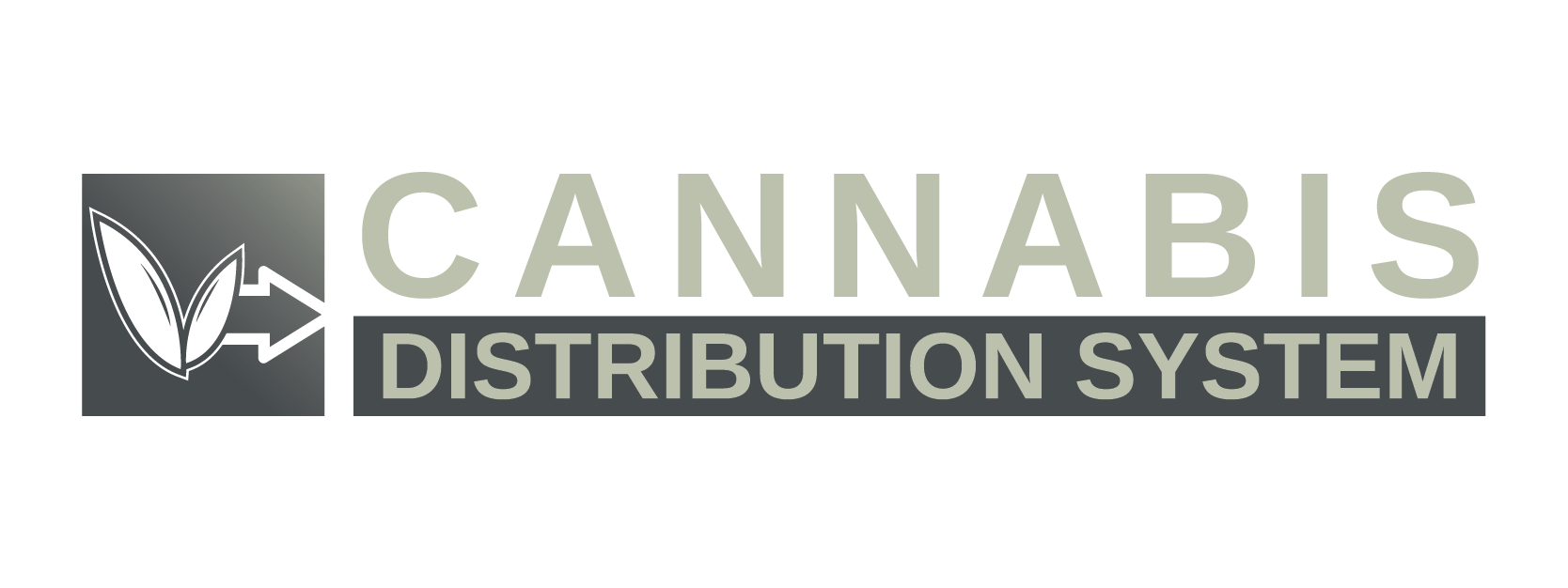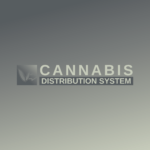In the highly regulated and rapidly growing cannabis industry, efficient distribution plays a pivotal role in maintaining compliance, maximizing profit margins, and meeting consumer expectations. For operations managers overseeing the supply chain, one of the most critical strategic decisions involves choosing between managing distribution in-house or outsourcing to a third-party logistics provider (3PL). Each model offers distinct advantages and challenges that can impact operational efficiency, cost structure, and brand control.
In-House Distribution: Control with Complexity
Pros:
- Full Operational Control:
Managing your own fleet and warehousing gives operations teams complete control over inventory handling, delivery scheduling, and compliance procedures. This allows for faster decision-making and a tighter grip on product quality and consistency. - Customized Compliance:
Cannabis regulations vary by state and often change rapidly. In-house operations can be tailored specifically to meet local rules, including METRC tracking, labeling requirements, and security protocols, reducing the risk of non-compliance. - Brand Integrity and Customer Experience:
With internal teams handling distribution, businesses can ensure their brand image is protected—from how delivery drivers interact with retailers and consumers to how the product is packaged and presented.
Cons:
- High Fixed Costs:
Building and maintaining an in-house distribution network requires significant capital investment in vehicles, warehouse space, insurance, compliance software, and hiring and training staff. - Resource Intensive:
Managing logistics internally diverts attention and resources away from core operations like product development, cultivation, or retail. This can stretch a company’s bandwidth and slow growth. - Limited Scalability:
Rapid expansion into new regions requires duplicating infrastructure and hiring local talent—making scaling a time-consuming and expensive endeavor.
Third-Party Distribution: Flexibility at a Cost
Pros:
- Scalability and Speed to Market:
3PLs already have established networks and expertise in navigating regulatory landscapes. This enables cannabis companies to enter new markets more quickly without the burden of building from scratch. - Reduced Capital Expenditure:
Outsourcing removes the need for heavy upfront investments. Companies can convert fixed logistics costs into variable costs, improving financial flexibility. - Access to Logistics Expertise and Tech:
Third-party distributors often leverage advanced tracking, route optimization, and temperature-controlled storage systems—ensuring safe, efficient, and compliant transport of sensitive cannabis products.
Cons:
- Reduced Control and Oversight:
Companies relinquish a degree of operational oversight when outsourcing, which may lead to inconsistencies in customer experience, delays in response times, or deviation from brand standards. - Risk of Data Silos:
Some 3PLs operate proprietary platforms that don’t integrate seamlessly with a company’s POS or seed-to-sale systems, creating gaps in inventory tracking or compliance reporting. - Dependency on External Partners:
Relying on a third party introduces risks related to their business practices, financial health, and staffing. If a distributor experiences internal disruptions, your supply chain may suffer.
Balancing Control, Cost, and Growth
From an operations manager’s standpoint, the choice between in-house and third-party distribution is less about which is better and more about which aligns best with the company’s current scale, goals, and risk appetite.
Early-stage cannabis companies may benefit from the agility and reduced risk of third-party distribution. On the other hand, mature operators with strong capital backing might find that an in-house model provides the long-term control and cost efficiency they need to compete on quality and brand trust.
In many cases, a hybrid approach—where a company uses third-party logistics in some regions and operates in-house elsewhere—can offer the best of both worlds. The key lies in continuously evaluating performance metrics, compliance benchmarks, and customer satisfaction to adapt the distribution strategy over time.



